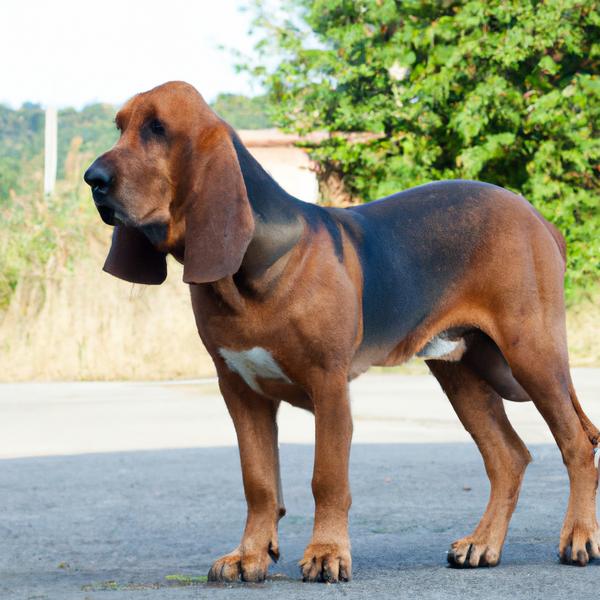Bloodhound vs. Papi-poo: Breed Differences and Similarities
Hypoallergenic
Are Bloodhounds or Papi-poos hypoallergenic, or neither?
Unfortunately, neither Bloodhound nor Papi-poo are hypoallergenic, which may not make them the best choice for dog lovers who suffer from pet allergies.
Temperament
What are the personalities of Bloodhound and Papi-poo dogs?
Affectionate
Gentle
Independent
Outright
Tempered
Stubborn
Active
Happy
Energetic
Alert
Intelligent
Friendly
Trainable
Faithful
Instinctual
Shedding Level
Do Bloodhounds shed more than Papi-poos, or which breed sheds more, Bloodhounds or Papi-poos?
Bloodhounds are moderate shedders, but regular brushing can reduce shedding and maintain coat health.
Papi-poos shed very little hair, making them a great choice for those who dislike excess hair in the house.
Watchdog Ability
Which dog breed makes a better watchdog, the Bloodhound or Papi-poo?
Avoid Bloodhounds as watchdogs - they're not effective.
Papi-poos aren't great guard dogs; they tend to just watch without taking action.
Origin
What is the origin of Bloodhound and Papi-poo dog breeds?
Europe
United States
Ancestry
What are the origins of Bloodhound and Papi-poo breeds?
flemish hound, talbot hound
Poodle and Papillon
Breed recognition
Which kennel clubs recognize/register Bloodhound and Papi-poo?
American Canine Registry
American Kennel Club
America's Pet Registry
Canadian Kennel Club
Dog Registry of America Inc.
Federation Cynologique Internationale
Kennel Club of Great Britain
North American Purebred Registry, Inc.
Australian National Kennel Council
Continental Kennel Club
National Kennel Club
New Zealand Kennel Club
United Kennel Club
ACHC = American Canine Hybrid Club
DBR = Designer Breed Registry
DDKC = Designer Dogs Kennel Club
DRA = Dog Registry of America, Inc.
IDCR = International Designer Canine Registry®
Date of Birth
When were Bloodhound and Papi-poo breeds first developed?
middle ages
1990s
Eye Color Possibilites
What are the eye colors of Bloodhound and Papi-poo dogs?
Hazel
Amber
Brown
Amber
Nose Color Possibilites
What are the natural nose colors of Bloodhound and Papi-poo?
Black
Brown
Black
Coat Color Possibilites
What are the natural colors of the coat for Bloodhound and Papi-poo breeds?
Black
Brown
Red
Fawn
Sable
White
Cream
Gray
Red
Sable
Black
White
Coat Length
What is the typical coat length for Bloodhound and Papi-poo breeds?
Bloodhounds have short coats.
Papi-poos have medium-length coats.
Coat Density
What is the density of the coat of Bloodhound and Papi-poo?
Coat Texture
What is the hair texture of Bloodhound and Papi-poo?
Straight
Wavy
Litter Size
What is the usual litter size for Bloodhound and Papi-poo?
A Bloodhound can have a litter of 10-12 puppies on average. However, it's worth noting that the size of the litters can vary greatly. Factors that can influence litter size include the health of the mother, breeding history, and genetics.
A Papi-poo can have a litter of 2-4 puppies on average. However, it's worth noting that the size of the litters can vary greatly. Factors that can influence litter size include the health of the mother, breeding history, and genetics.
Adaptability
Bloodhounds have average adaptability to changes in lifestyle and living environments compared to other breeds.
Papi-poos are highly adaptable and versatile, making them excellent companions for families and individuals of all lifestyles.
Health Issues
Between Bloodhound and Papi-poo, which breed is more prone to health problems?
The Bloodhound breed is generally very healthy, requiring minimal vet visits. Still, it's important to keep an eye on their health and seek veterinary care when needed.
While the Papi-poo breed is generally healthy, occasional vet check-ups are still necessary to address any health concerns.
Major Concerns
What are the major health concerns for Bloodhound and Papi-poo breeds?
Otitis Externa
Entropion
Gastric Torsion
Cherry Eye
Hip And Elbow Dysplasia
Epilepsy
Von Willebrand's Disease
Hypothyroidism
Addison's Disease
Legg-Calve Perthes Disease
Collapsed Trachea
Minor Concerns
What minor health issues should be kept in mind when owning Bloodhound and Papi-poo?
Bone And Joint Problems
Hypothyroidism
Patellar Luxation
Hypoglycemia
Eye Problems
Occasional Tests
What occasional tests are recommended for Bloodhound and Papi-poo breeds?
Eye
Hip
Elbow
Thyroid Tests
X-Rays
Optical Examination
Buccal Mucosal Screening
Full Physical Examination
Blood Work and Urine Tests
Full Chemistry Panel Tests and Blood Count
Physical and Neurologic Examination
Blood Tests and Analysis
X-rays or other radiographic imaging
Echocardiography (ultrasound)
ACTH Test
Energy
How do the energy levels of Bloodhounds and Papi-poos compare?
Bloodhounds thrive on an active lifestyle due to their high-energy nature.
Papi-poos' high energy levels make them unsuitable for a low-key dog, choose accordingly.
Social Needs
Bloodhound vs Papi-poo social needs comparison
Bloodhound and Papi-poo have very high social needs. These needs include regular mental and physical stimulation, a job or purpose, and companionship. They thrive in environments where they have a lot of interaction with humans and other dogs.
Exercise Needed
Bloodhound vs Papi-poo exercise need comparison.
Bloodhounds need high physical activity and are ideal for active individuals, but not suitable for sedentary lifestyles or small apartments.
Papi-poos need only a small amount of physical activity, ideal for busy or elderly people or those with limited space.
Sleeping Need
Which of the two sleeps the most/least: Bloodhound or Papi-poo?
Bloodhounds are active and require sufficient sleep to stay healthy.
Papi-poos sleep less than other breeds but still need adequate sleep for good health.
Tendency to Bark
Do Bloodhounds or Papi-poos bark more/less frequently?
Bloodhound dogs bark and howl frequently and are not recommended for quiet homes.
Papi-poo dogs are generally less vocal than other breeds and only bark when necessary, such as to alert their owner or communicate.
Mouthiness
Mouthiness Comparison: Bloodhound vs Papi-poo?
Roaming urge
Bloodhound vs Labrador: Running away tendency?
Prey Drive
Bloodhound or Papi-poo - which breed has a higher level of prey drive?
Past times
What are some enjoyable activities and ways to keep Bloodhound and Papi-poo entertained?
Snack time, Walk, Petting, Sniffing, Not walking, Eating treats, Walking, Cuddle, Hide & Seek
Cuddling
Activity Level
Which breed has higher energy, Bloodhounds or Papi-poos?
Both Bloodhound and Papi-poo are medium-energy dogs that enjoy socializing and playing with other dogs. They may engage in casual or sustained games of chase, and occasionally have bursts of barking or racing around the house.
Tolerance of being left alone
Walks per Week
How many miles should Bloodhound or Papi-poo walk each week?
There's really no limit to how far you walk your dog as long as they're comfortable. For Bloodhound, it's at least 8 miles / week. Just remember to build distance and stamina gradually over time.
There's really no limit to how far you walk your dog as long as they're comfortable. For Papi-poo, it's at least 7 miles / week. Just remember to build distance and stamina gradually over time.
Activity per Day
Do Bloodhounds or Papi-poos require more exercise?
Both Bloodhound and Papi-poo typically require a minimum of 60 minutes of exercise each day. The exercise can be spread throughout the day and may involve high-energy activities like walking, running, and playing.
Grooming
Which breed is easier to maintain in terms of grooming, Bloodhounds or Papi-poos?
The Bloodhound has low grooming needs and is easy to maintain.
Papi-poos require significant grooming, including regular trims and professional grooming assistance to maintain their coat. They may also require frequent bathing to keep their coat and skin healthy.
Brushing Frequency
What is the recommended brushing frequency for Bloodhound and Papi-poo dogs?
Bloodhound should be brushed at least once a week. Of course you can give them more frequent brushes if you find that they are still shedding a lot
Ideally, Papi-poo should be brushed at least 2 or 3 times a week (preferably daily) improve shedding.
Brushing Tools
What brushing tools are used for Bloodhounds and Papi-poos?
Slicker Brush
Nail Clipper
Pin Brush
Dematter
Comb
Nail Clipper
Cups
How much food should be given to Bloodhound or Papi-poo in cups?
For an average 90-110 pound (41 - 50 kg) Bloodhound feed 3 cups daily. But, keep in mind, the amount you feed is going to be dependent on the quality of the food you are feeding.
For an average 7-14 pound (3 - 6 kg) Papi-poo feed 1 cups daily. But, keep in mind, the amount you feed is going to be dependent on the quality of the food you are feeding.
Daily Cost
Which breed has a higher daily cost, Bloodhound or Papi-poo?
The average cost of a Bloodhound is somewhere $2.80 - $3.20 per day.
The average cost of a Papi-poo is somewhere $1.40 - $2.80 per day.
Monthly Cost
Which breed has a higher monthly cost, Bloodhound or Papi-poo?
The average per month expenses of a Bloodhound is between $84 - $95. This makes an average of $1008 - $1140 per year. It will be on the higher side when the dog is still small because it will need more frequent visits to the vet, shots.
The average per month expenses of a Papi-poo is between $36 - $39. This makes an average of $432 - $468 per year. It will be on the higher side when the dog is still small because it will need more frequent visits to the vet, shots.
Intelligence
Comparing Intelligence: Bloodhounds vs Papi-poos
Bloodhound is a very intelligent and trainable breed.
Papi-poo is highly intelligent and very trainable.
Sensitivity Level
How do Bloodhound and Papi-poo compare in sensitivity?
These breeds are more sensitive than others and easily overwhelmed by new surroundings and people. Bloodhound and Papi-poo need gentle handling and a calm, stable home environment with positive reinforcement training.
Affection Dependance
Which is the more affectionate dog breed: Bloodhound vs Papi-poo?
Apartment Friendly
Which breed is more apartment-friendly: Bloodhound or Papi-poo?
The Bloodhound is not suitable for apartments and requires a large yard to thrive. Pent-up energy in small spaces can lead to destructive behavior.
The Papi-poo is a great apartment dog, thriving with sufficient exercise and time outside as part of their daily routine.
Child Friendly
Do Bloodhounds or Papi-poos have a friendlier temperament towards children?
The typical characteristics of Bloodhound and Papi-poo indicate that this breed of dog is an ideal companion for kids and makes them family pets. Their gentle and protective nature and calm mentality make them gel along quickly with the younger humans.
Senior-friendly
Which dog is more suitable as a pet for the elderly - Bloodhound or Papi-poo?
Cat Friendly
Do Bloodhound or Papi-poo breeds have a better compatibility with cats?
Bloodhounds and Papi-poos are very cat friendly dogs. They generally make good companions for cats.
Dog Friendly
Which breed is more sociable with other dogs: Bloodhound or Papi-poo?
Bloodhounds are generally very friendly towards other dogs, with a happy and affectionate temperament.
Papi-poos are average in their friendliness towards other dogs, and socialization can help.
Pet friendly
How do Bloodhound or Papi-poo dogs interact with other pets?
Stranger Friendly
Which breed is more friendly with strangers: Bloodhound or Papi-poo?
Bloodhound and Papi-poo are known to be very friendly around strangers.
Playfulness
Which breed is more playful between Bloodhound and Papi-poo?
Bloodhound and Papi-poo are known to be highly playful dogs. So if you're not up for all that, think about adopting slightly older Bloodhound and Papi-poo for a mellower experience.
Trainability
How do the trainability levels of Bloodhounds and Papi-poos compare?
Bloodhound and Papi-poo dogs are known for their ease of training and ability to learn quickly, making them a popular choice for pet owners and trainers alike.
Compare Bloodhound with other breeds
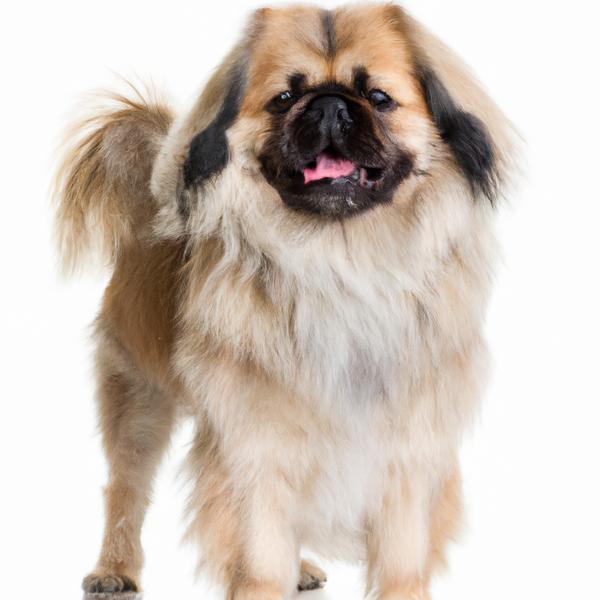
Tibetanpei Spaniel
Bloodhound vs Tibetanpei Spaniel
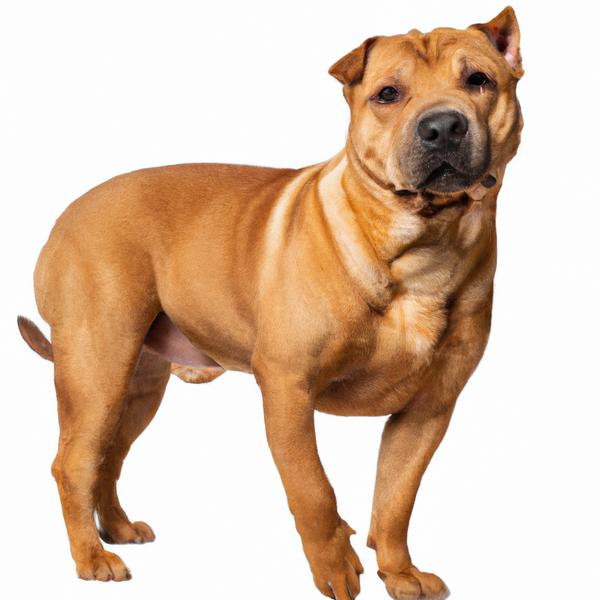
Shar-Pei Pitbull Terrier
Bloodhound vs Shar-Pei Pitbull Terrier
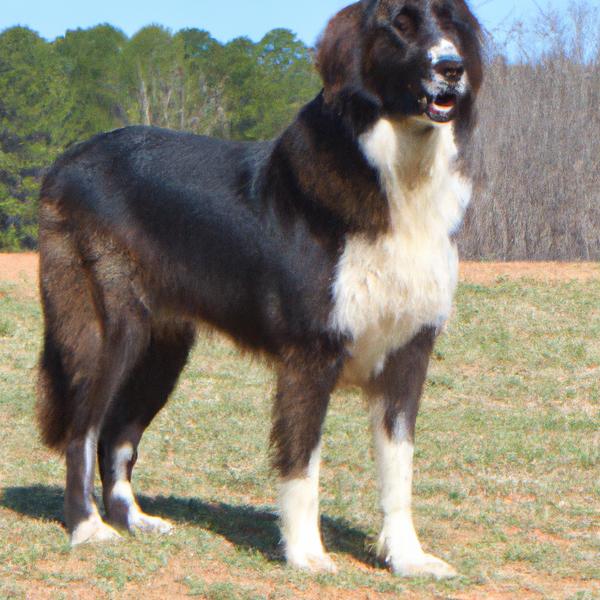
Mastapeake
Bloodhound vs Mastapeake
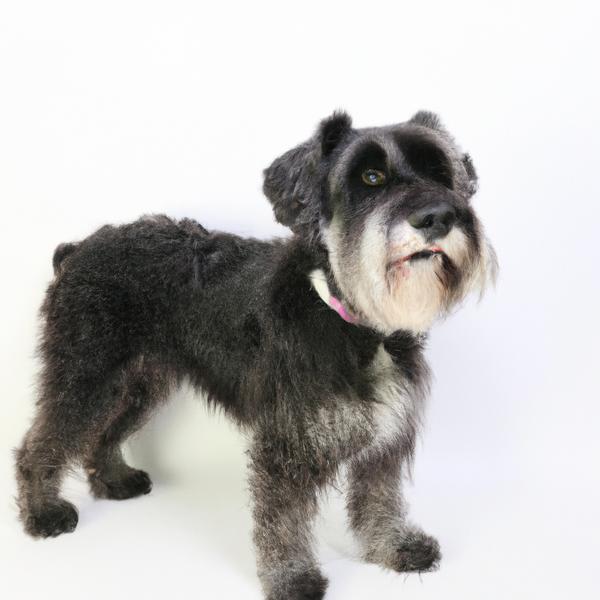
Mini Bolonauzer
Bloodhound vs Mini Bolonauzer
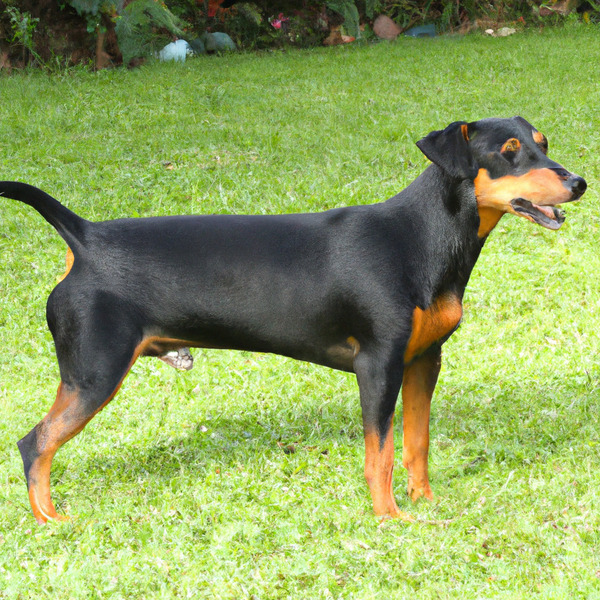
Decker Hunting Terrier
Bloodhound vs Decker Hunting Terrier
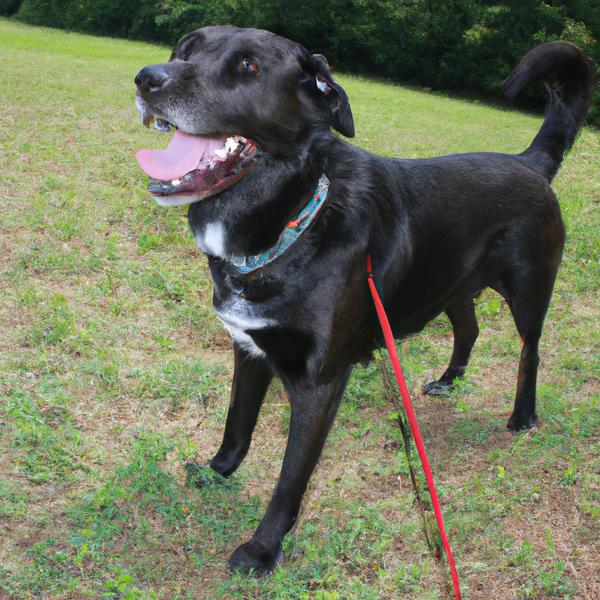
Labrottie
Bloodhound vs Labrottie
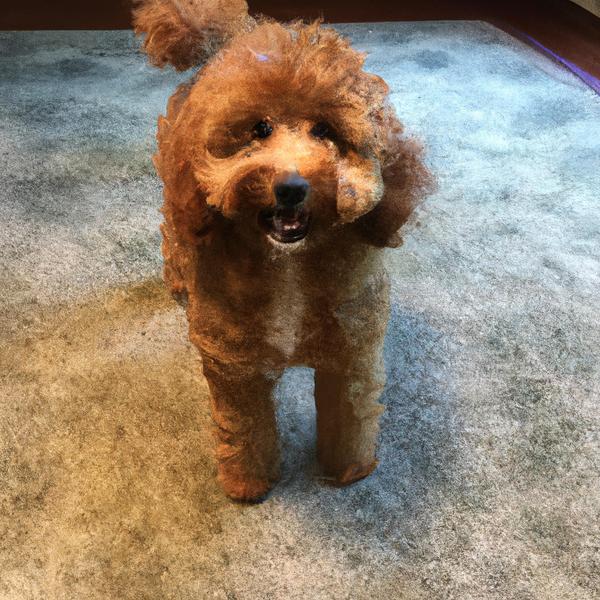
Papi-poo
Bloodhound vs Papi-poo
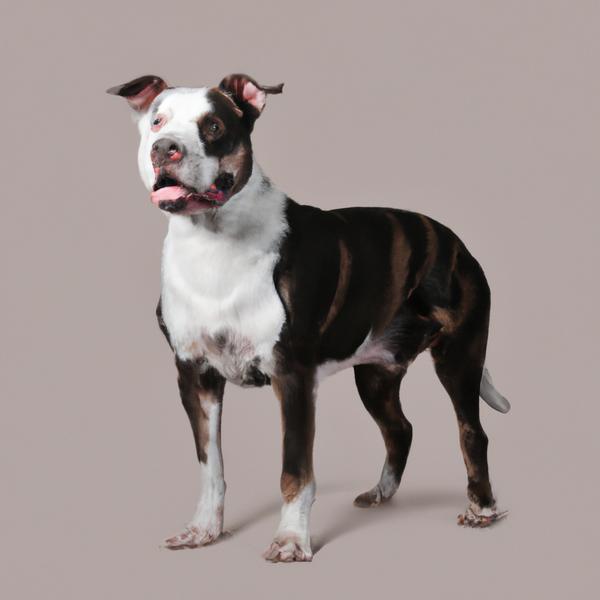
American Bull-Aussie
Bloodhound vs American Bull-Aussie
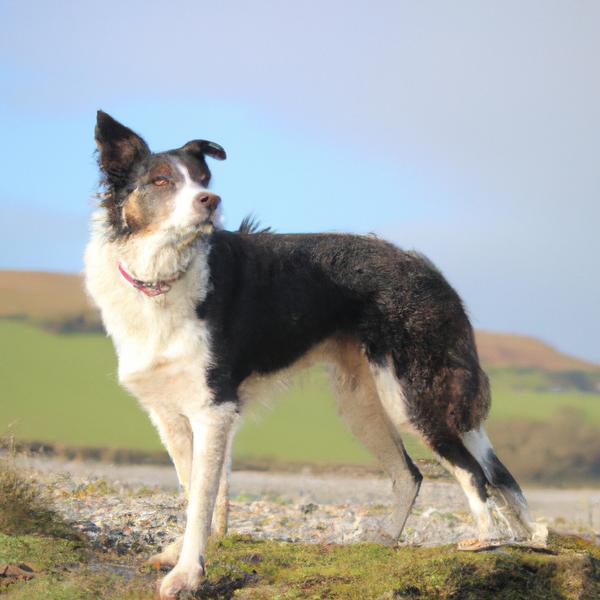
Border Collie Lakeland
Bloodhound vs Border Collie Lakeland
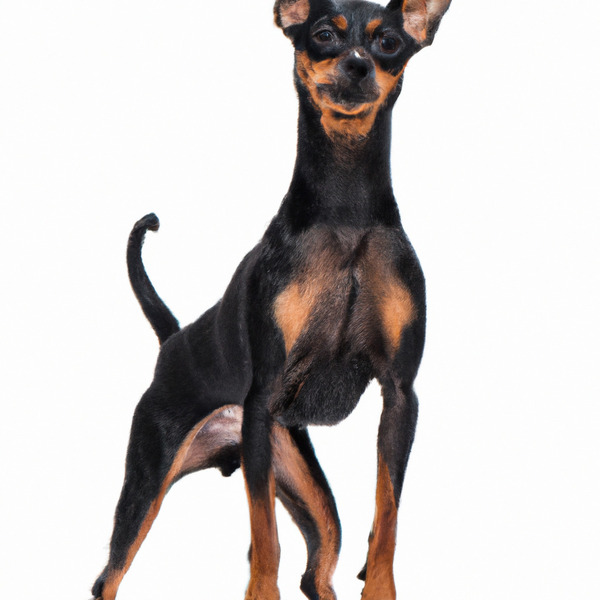
English Toy Terrier
Bloodhound vs English Toy Terrier
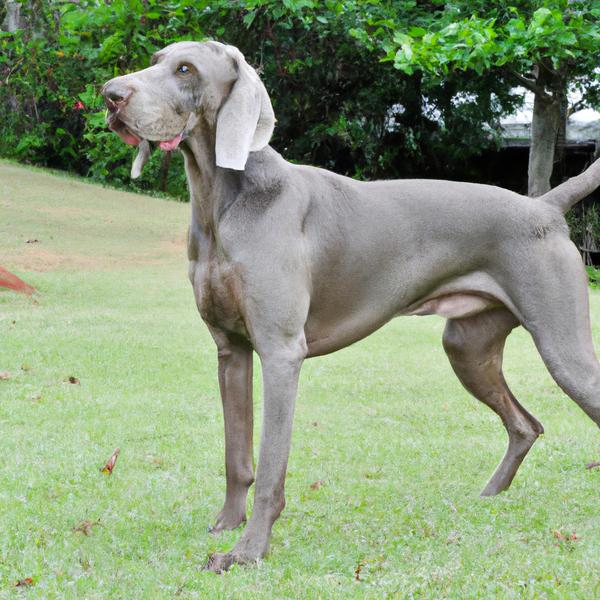
German Shorthaired Weimaraner
Bloodhound vs German Shorthaired Weimaraner
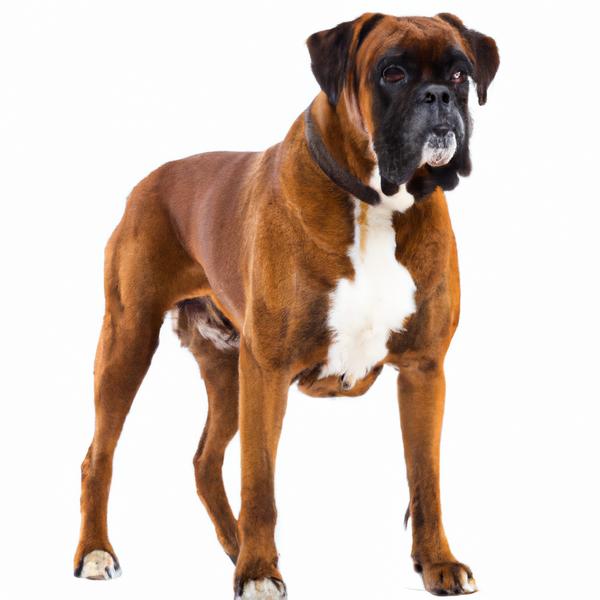
Boxer
Bloodhound vs Boxer
